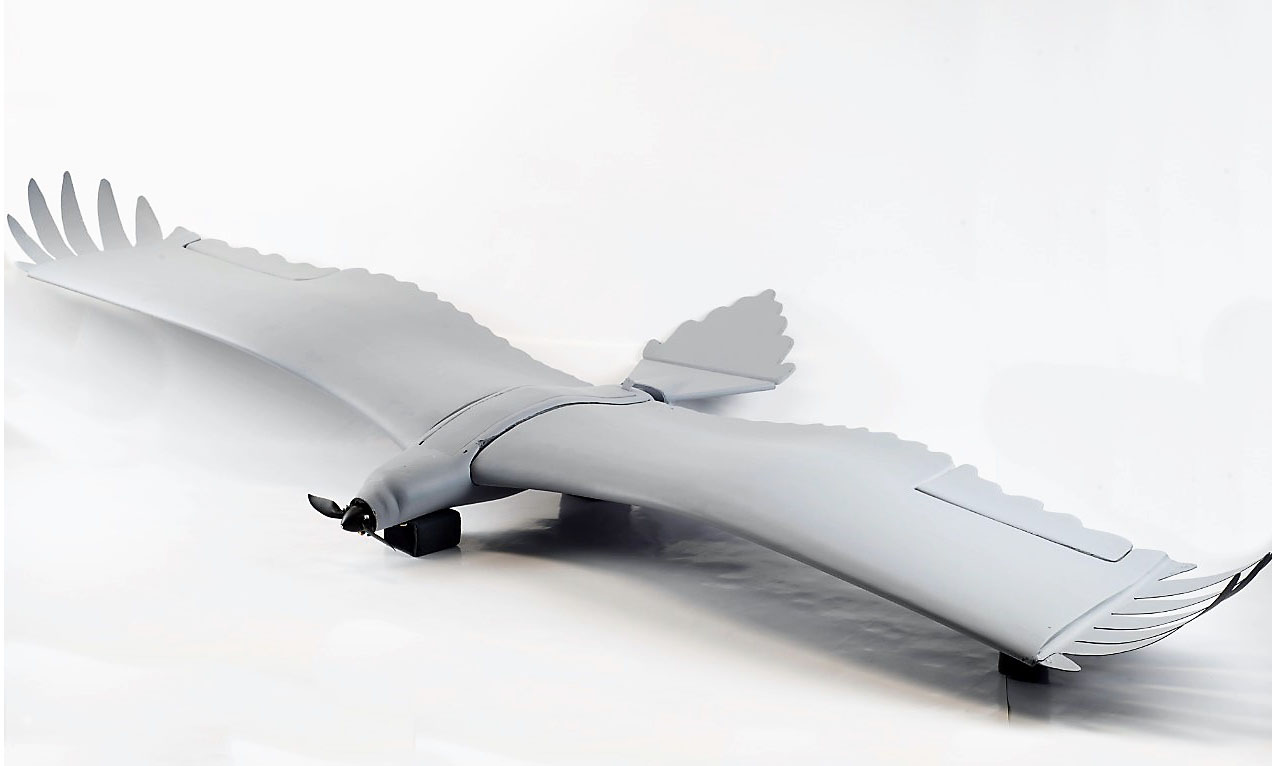In a study just published in Bioinspiration & Biomimetics, researchers from RMIT University in Melbourne and ISAE-Supaéro in Toulouse, unveiled experiments with drones that can sense wind gusts and thermals, then use them to gain speed or altitude, just like birds do.
Dr Abdulghani Mohamed, who leads a large research program into bio-inspired technology in RMIT’s Unmanned Aircraft Systems (UAS) research team, said the world-first project had exceeded expectations.
“The results of our gust soaring system were remarkable and represent a big leap in energy harvesting for drones,” Mohamed said.
“This technology not only allows a drone to gain kinetic energy to fly faster but also means less work and more efficiency for the propulsion system, potentially enabling the next generation of drones to increase their flight time on limited resources.”
It’s the latest breakthrough from the UAS team who previously developed the first drone to soar autonomously off the updraft created by wind over buildings.
The team has also patented wind gust sensors that can detect turbulence and calculate micro adjustments allowing drones, or even commercial aircraft, to fly more smoothly.
In the latest project, these same gust sensors were integrated with an on-board computer to analyse gusts and command the drone to negotiate them effectively.
“Our results really prove the value of a focused research program and international collaboration for achieving significant outcomes,” Mohamed said.
ISAE-Supaéro PhD research student Nikola Gavrilovic led the system integration and testing of the drone, which involved the difficult task of making a rigid machine behave more like a bird.
“Birds are experts at using large scale gusts to effortlessly gain speed and conserve energy, so we wanted to know if drones could do the same,” Gavrilovic said.
“But birds have had millions of years to evolve and perfect these techniques. Trying to mimic them in technology is very difficult but is proving to be a fruitful area of drone research with impressive results.”
RMIT’s Dr Matthew Marino said this study had turned previous research on its head.
“Researchers have been studying atmospheric turbulence and gusts as obstacles in flight for over a decade but what’s so novel about this latest study is using these gusts to our advantage, just the way birds do,” Marino said.
A recent review of cutting edge drone flight technologies by the UAS team, published in the most prestigious aerospace journal, Progress in Aerospace Sciences, confirmed some of the most promising developments were using bio-inspired technologies.
These include drones with flappable wings, hybrid semi-flexible wings and leading-edge control surfaces with a similar function to feathers.
Marino said these advances were focused on making drones more agile in tricky conditions, as well as extracting energy from gusts to make them more efficient.
“One of the ways forward in this exciting area of research includes studying bird flight in wind tunnels to understand exactly how they negotiate turbulence and other conditions so well, and to understand what could be transferred to drone technology,” he said.
Avian-inspired energy-harvesting from atmospheric phenomena for small UAVs published in Bioinspiration and biomimetics was a collaborations by Nikola Gavrilovic, Dr Abdulghani Mohamed, Dr Matthew Marino, Professor Simon Watkins, Professor Jean-Marc Moschetta and Associate Professor Emmanuel Benard.
Unconventional control solutions for small fixed wing unmanned aircraft published in Progress in Aerospace Sciences was a collaboration by Ashim Panta, Dr Abdulghani Mohamed, Dr Matthew Marino, Professor Simon Watkinsand and Dr Alex Fisher.
Story: Michael Quin








